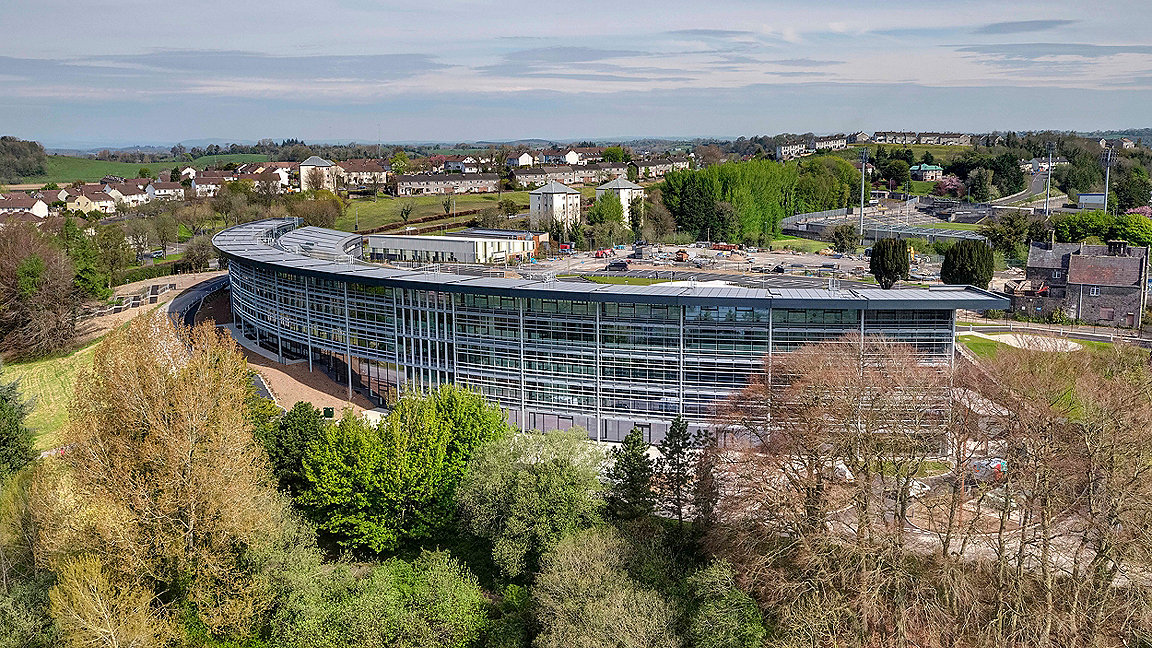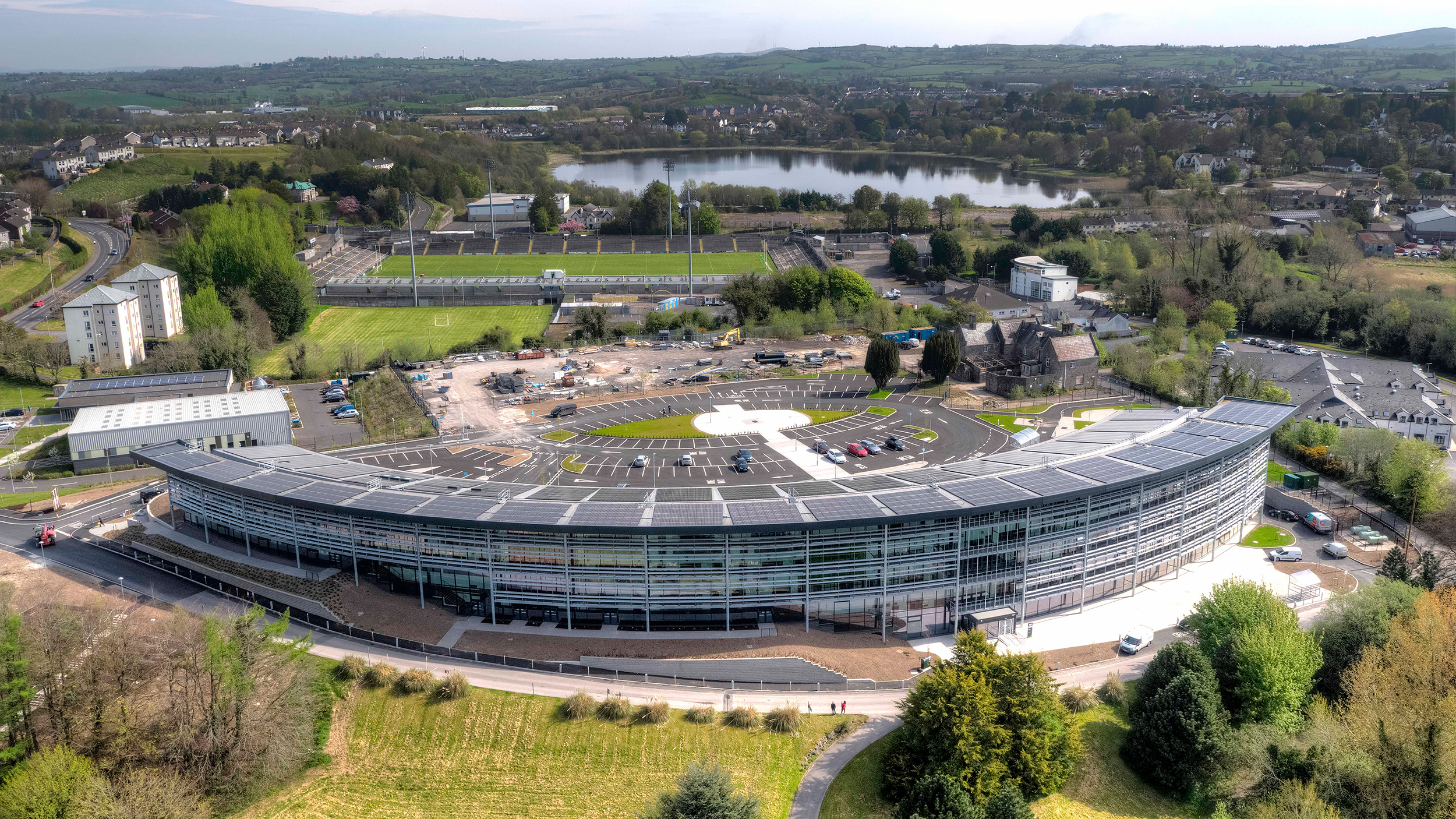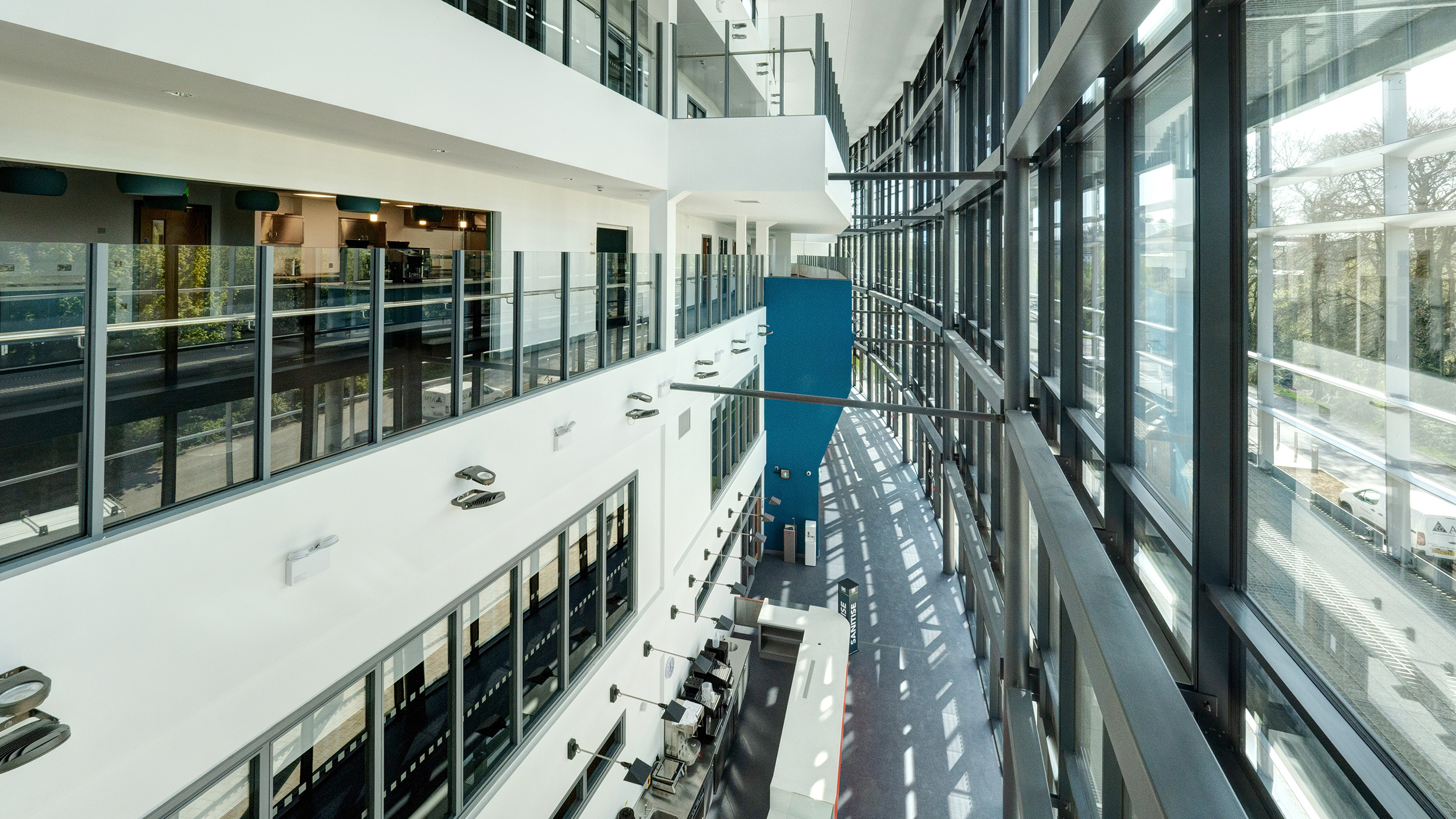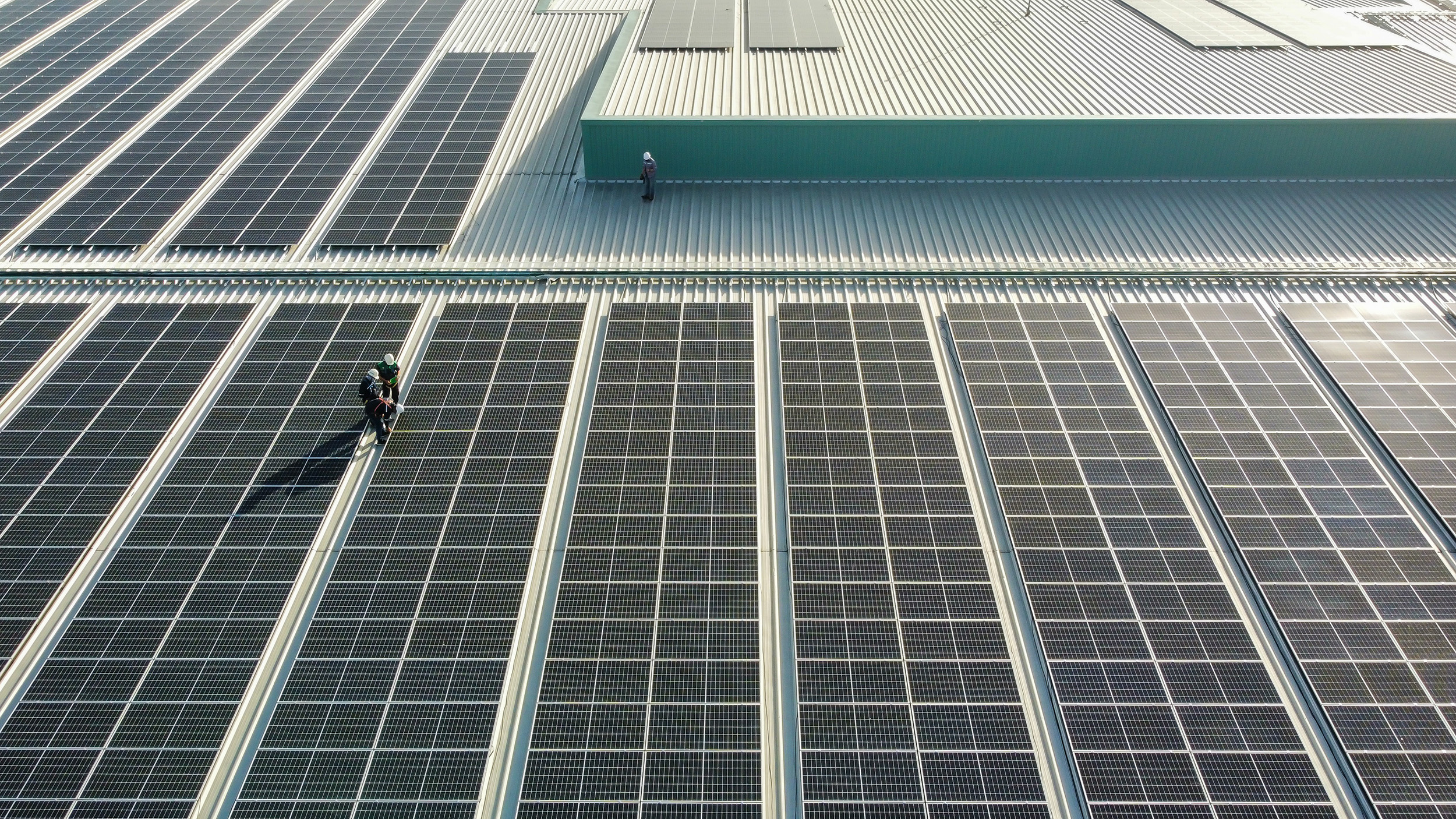
If it is to achieve net zero by 2050 or sooner, the education sector, like the rest of the built environment, needs to ensure that every building reduces its operational emissions and is climate-resilient. To do so, it can follow standards such as Passive House.
It is 15 years since the UN first mentioned the Passive House requirements by name as a climate mitigation measure.
The 2016 edition of the Emissions Gap Report advocates for the Passive House standard, consolidating a recommendation for the standard as a climate mitigation solution in the IPCC Fourth Assessment Report released in 2007.
Passive House is now starting to gain popularity in the UK, with recent buildings completed to its requirements including St Sidwell's Point leisure centre in Exeter, RIBA Stirling Prize-winner Goldsmith Street in Nottingham, Ostro Passive House in Stirling and the Max Fordham House in London.
In addition to the established Passive House Classic, there are now Passive House Plus and Passive House Premium (PHP) standards, which include the use of renewable energy in the certification assessment. Some projects are using these new standards to push the boundaries beyond the original criteria to meet net-zero targets.
Design drastically reduces heating demand
South West College (SWC) has campuses in Cookstown, Dungannon, Enniskillen and Omagh in Northern Ireland. It employs 900 staff and has a £41m annual budget, making it a major contributor to the local and regional economy. Colleges and universities will play a key contribution in the implementation of the 10X strategy for Northern Ireland.
SWC's new Erne Campus was completed in September 2021 and officially opened last year, replacing the one built in 1971, which was bought by a private company. With a poor energy performance certificate rating of band D between 2016 and 2019, the old campus needed around 100,000 litres of oil per year for heating alone, equivalent to 152kWh/m², which cost around £51,000. That cost today would be more than £100,000.
The Erne Campus, designed by Hamilton Architects, is the largest building in the world to meet the PHP standard.
The standard's five principles are:
- U-values of less than 0.15 W/(m²K) for floors, walls and roofs
- thermal bridging to be mitigated
- tripled-glazed windows
- airtightness of less than 0.6 air changes per hour
- a mechanical heat recovery ventilation system with at least 75% efficiency.
These requirements must combine to give a heating demand of less than 15kWh/m² per year.
The new campus has a predicted annual heating demand of 8.4kWh/m² – less than 6% of the original – and an expected running cost of £6,000, excluding hot water demand.
In addition to the economic advantages, the indoor air quality has been monitored since the building's opening, with excellent results. The average temperature for 12 months is 21.8°C and the average carbon dioxide concentration is 480ppm.
The average indoor air quality of UK educational buildings is in excess of 2000ppm of carbon dioxide concentration and temperatures from 16°C to 25°C depending on the season.

Exterior photo of Erne Campus © South West College

Interior photo of Erne Campus © South West College
Accreditations cited in RICS award
The campus won an RICS Public Sector Project of the Year Award in 2022. The judges commented: 'The first building in the UK to achieve both PHP and BREEAM Outstanding accreditations... [the Erne Campus] provides an international exemplar of nearly zero-energy building for the public sector and creates a centre for excellence for local students of the built environment as a core curriculum subject.'
The award involved assessment in five categories: professionalism, teamwork and collaboration, thought innovation and sustainability, outcome, and achievement.
The project's professionalism was evidenced by the best practice toolkits used – designPH and Passive House Planning Package – and the range of third-party accreditations the project received. Teamwork and collaboration then ensured the work came in on budget using cost planning, life-cycle and asset analysis, supported by subscription to the Building Cost Information Service.
As regards innovation and sustainability, the project achieved both PHP and BREEAM Outstanding accreditations.
The Passive House standard is one of the world's leading and fastest growing energy efficiency standards. Its application at Erne Campus is one of the first times such innovative technology has been used in Northern Ireland.
Project must be part of wider shift
There seems to be a significant shift in Northern Ireland's education sector, and there are now more than £250m of public- and private-sector projects on site or in the pipeline that are being built to Classic and Premium Passive House standards.
While policymakers seek to meet net-zero targets in Northern Ireland, Passive House can also lead to better health, social, economic, and environmental outcomes. The education sector should invest in adaptation to protect its estates from climate change, and remove embodied carbon by embracing sustainable construction standards.
To fulfil these objectives, the sector needs the right skills and resources for detailed carbon reduction planning and implementation, access to long-term capital investment, and public–private partnerships to make changes at scale.
Public and private sectors alike must increase their implementation of Passive House or equivalent standards. Mainstreaming will lead to a substantial reduction in carbon emissions from buildings, as well as help to achieve targets for health and well-being, climate action, affordable and clean energy and responsible consumption and production.
'While policymakers seek to meet net-zero targets in Northern Ireland, Passive House can also lead to better health, social, economic, and environmental outcomes'
Dr Barry McCarron is head of business development at South West College
Contact Barry: Email
Related competencies include: Applied sustainability, Sustainability
RICS champions sustainability across professions
With the built environment estimated to be responsible for around 40% of global carbon emissions, RICS is championing sustainable practices across the built and natural environment. We are also empowering professionals to embed sustainability considerations into the way they work and better measure environmental impacts.


